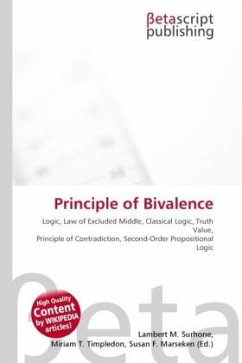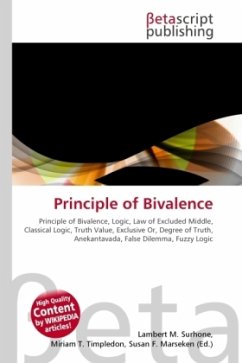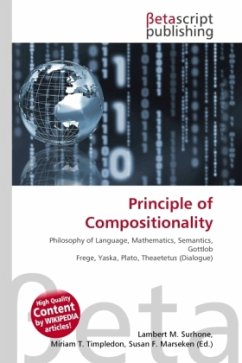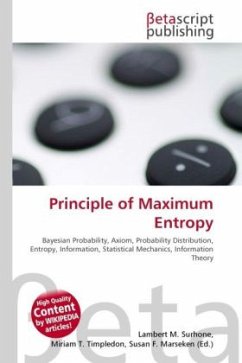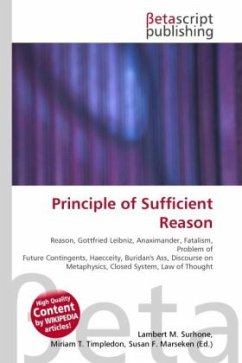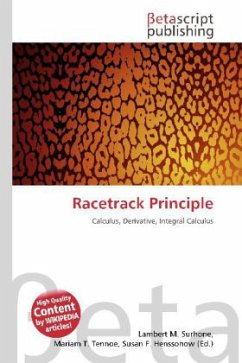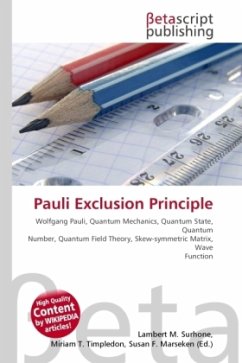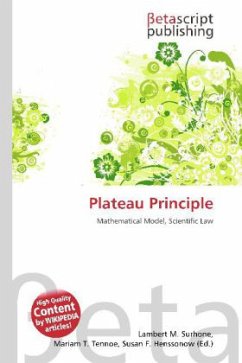High Quality Content by WIKIPEDIA articles! In logic, the semantic principle of bivalence states that every proposition is either true or false. The dual semantic principle, the principle of contravalence, states that no proposition is both true and false. The principle of bivalence is related to the excluded middle though the latter is a syntactic expression of the language of a logic of the form "P or P". The difference between the principle and the law is important because there are logics which validate the law but which do not validate the principle, and vice versa. For example, the "Logic of Paradox" (LP) of Graham Priest validates the law of excluded middle though its intended semantics is not bivalent.
Bitte wählen Sie Ihr Anliegen aus.
Rechnungen
Retourenschein anfordern
Bestellstatus
Storno

